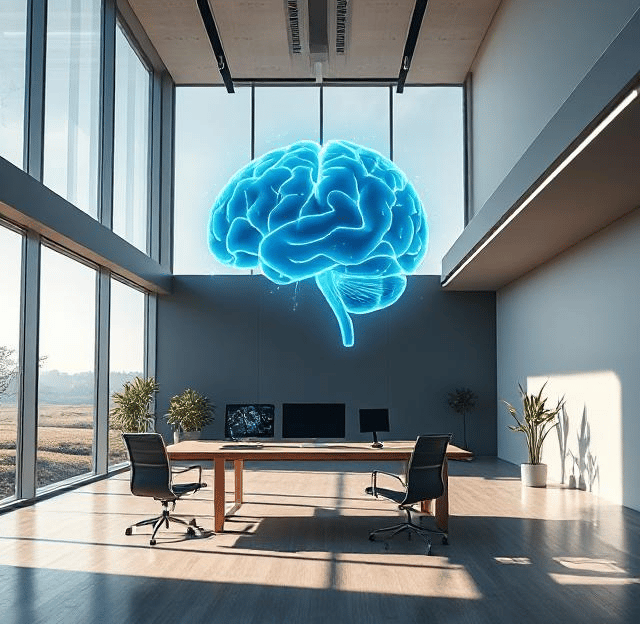Ambient Lighting and Its Effect on Cognitive Performance
Discover how ambient lighting—both natural and artificial—can significantly influence cognitive performance, mood, and productivity. This article explores scientific research and practical tips for creating optimal lighting environments for improved mental function.
DipVai
2/7/20252 min read


Ambient lighting is more than just a background element in our daily lives—it plays a crucial role in how our brains function. Studies have shown that the quality and intensity of light in our surroundings can affect everything from our mood and alertness to our ability to concentrate and solve problems.
The Science Behind Ambient Lighting
The human brain is highly sensitive to light, which influences our circadian rhythms, the natural cycle that regulates sleep and wakefulness. Exposure to natural light during the day boosts serotonin levels, promoting alertness and a positive mood. Conversely, inadequate lighting or exposure to harsh artificial light can disrupt our internal clocks, leading to fatigue and reduced cognitive function.
Research has demonstrated that environments with natural, soft lighting are conducive to improved focus and mental clarity. For example, studies have found that office workers exposed to more natural light tend to be more productive and report higher levels of well-being compared to those working under standard fluorescent lighting. Similarly, classrooms with well-designed lighting systems can enhance student performance and reduce eye strain.
Natural Light vs. Artificial Light
Natural light is often considered the gold standard for cognitive enhancement. Sunlight not only provides a full spectrum of light that our bodies crave but also helps maintain a healthy sleep-wake cycle. On the other hand, artificial lighting—especially blue-enriched light from screens and LED bulbs—can boost alertness in the short term but may disrupt sleep patterns if used excessively, particularly in the evening.
Innovative lighting solutions are emerging to mimic natural light. Dynamic lighting systems that adjust throughout the day are being implemented in workplaces and educational settings to align more closely with our biological needs. These systems gradually shift from bright, blue-toned light in the morning to warmer hues in the afternoon and evening, promoting sustained focus while supporting natural circadian rhythms.
Practical Implications for Daily Life
Understanding the impact of ambient lighting on cognitive performance has practical implications. For students and professionals alike, optimizing lighting in study and workspaces can lead to better concentration, improved mood, and higher productivity. Simple adjustments—such as positioning desks near windows, using full-spectrum bulbs, or incorporating smart lighting systems—can make a significant difference.
For those in environments where natural light is scarce, investing in high-quality artificial lighting that mimics natural daylight can provide a similar boost to cognitive performance. Additionally, limiting screen time before bed and using warmer light settings in the evening can help maintain a healthy sleep cycle, which is essential for optimal brain function.
Future Trends and Research
The field of lighting design is rapidly evolving. Researchers continue to explore the intricate ways that light affects brain chemistry and behavior. Innovations in wearable technology and smart home systems are paving the way for personalized lighting solutions that adapt to an individual's needs throughout the day.
Future studies are expected to delve deeper into the relationship between ambient lighting and various cognitive functions, such as memory retention, creativity, and problem-solving skills. As our understanding of these dynamics grows, we can anticipate more sophisticated and accessible ways to harness the power of light for improved mental performance and overall well-being.
In Summary
Ambient lighting is a key environmental factor that can either enhance or hinder our cognitive performance. By appreciating the delicate balance between natural and artificial light, we can design spaces that not only look appealing but also support our mental health and productivity. As science continues to uncover the nuances of how light influences our brains, the future holds exciting possibilities for integrating these insights into everyday life.
Get in touch
itsusdipvai@gmail.com
